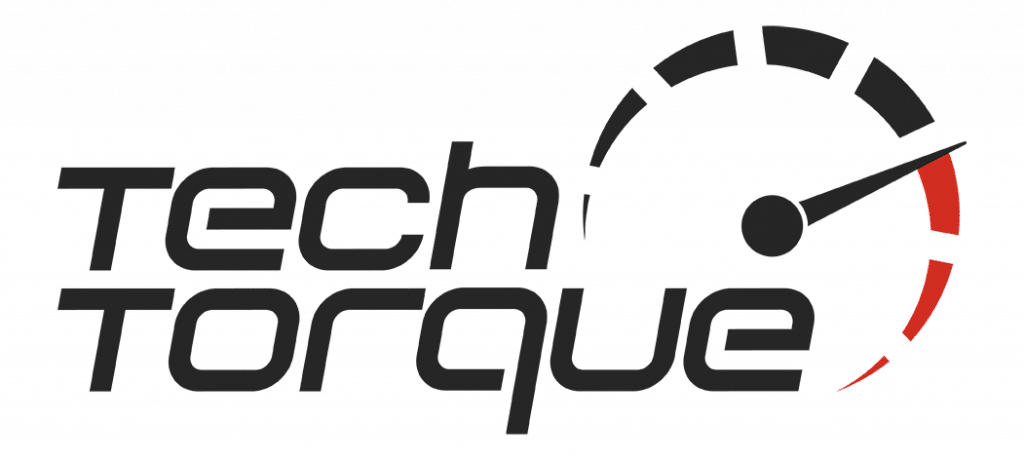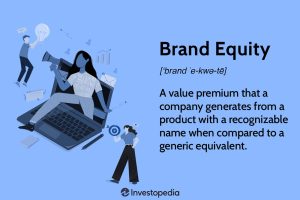They can see the positive impact of replacing outdated systems with the latest tech. They can taste the fruits of glory that will come their way from the C-Suite as they blaze the trail from clunky to clever. After many hours evaluating competitive offerings, they’ve decided you are THE one, and their enthusiasm is palpable.
Want the Too Long;Don’t Read Version? Watch this video…
How to Pitch Technology to the C-Suite Video
Yet, all too often, their ambitions are dashed by the man with the chequebook. Why is that? Surely the guy holding the purse strings will marvel at the transformative benefits of the technology they’ve just spent months testing!
Well, not really! The only thing non-technical C-Suite execs care really about is how your technology solves their problems. And while you fully understand how it will, they just don’t seem to get it.
Find a Common Language
So, let’s make it simple. B2b Marketing for software companies should always include tools that outline the business case in plain non-tech language to help you bridge the divide and turn the handbrakes into launch control.
As part of your tactical marketing plan, we provide an overview (below) of how to write a pitch that explains complex technology in plain English, using splitting the atom as an example.
‘Two peoples divided by a common language,’ is how George Bernard Shaw described Britain and America. It’s much the same with B2B marketing for software companies trying to convince both the techies AND the business decision-makers. In our world, the techies love smart technology and get excited about speeds, feeds and specs. Yet the business guys who hold the purse strings don’t care how your technology works, and ‘technobabble‘ is an instant turn-off. They want to know how your technology will solve their business problems, how much it will cost, and the ROI. That’s it.
When dealing with tech sales leads, knowing exactly who you are pitching to and tailoring your pitch to speak directly to them is key to closing the deal.
Know what the C-Suite Care About
In B2B tech marketing, a lot of the selling takes place between techies (yours and theirs) who speak the same language. The techies decide and write up their recommendations for the CIO and business managers like CFOs and COOs. When you present your technology solution to these C-Suite decision-makers, or to investors and business partners, be sure to speak their language. Create resources dedicated to this specific B2B buyer persona. Working with an Internet Marketing Agency means more leads converting to customers.

Hit them with tech specs and jargon, and you’ll see their eyes glaze over faster than you can say ‘Hybrid Cloud’. You want to get them excited, and that means showing them how your solution addresses their concerns – like returns on investment, project milestones, performance guarantees, cost savings or regulatory compliance. This is what really turns them on.
Ask: ‘what’s in it for them?’
As part of your tactical marketing plan, that’s the first question to ask when pitching to business buyers of technology. Put yourself in their shoes and ask:
How does this product help me solve my problem?
How does it help my team become more efficient?
How does it increase our revenue and profits?
How does it save us money?
How will it reduce risk?
ROI is a Major Driver to the C-Suite
Even when you’re pitching to tech-savvy CIOs, an important consideration for them is whether your technology will free up or use up their limited IT resources. A cost justification (we’d call it an ROI calculator) isn’t easy, so many marketers don’t attempt it. We do and, if you have facts at your disposal, it’s one of the most powerful tools you can use in a technology market, where competitors are mostly trying to dazzle with speeds and feeds.
As an example, here’s an ROI calculator we prepared as part of the tactical marketing plan for an enterprise security vendor, which incorporated these verifiable elements:
- Probability of a major data breach (from Computerworld research)
- Average cost of a data breach (from the Ponemon Institute)
- Risk reduction due to the solution (actual client data from a Pilot Project)
- Solution cost (total costs for the same client, taken from the proposal).
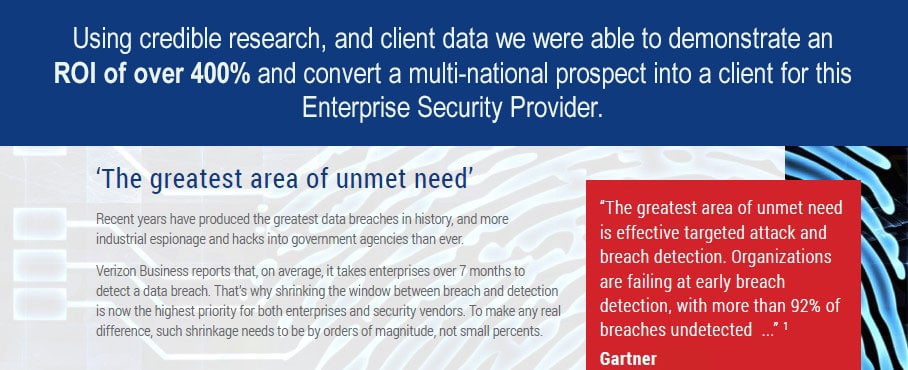
Other factors such as damage to reputation are harder to put a price on (but are immeasurably high), so we stuck to figures supported by credible sources. Even at 20% probability of a data breach (which has since risen, as has frequency) our client’s solution was a fraction of the cost and represented a very favourable ROI.
By the way, our client won the deal, and we incorporated a ‘sanitized’ ROI calculator into a White Paper on how to justify the cost of an IT Security solution. It became this client’s most downloaded resource.
Writing a pitch to technology investors? Be sure to know what they care about.
When developing your B2B marketing funnel, it’s important to remember that technology investors are not the same as technology buyers. They’re investing in your company, not buying your technology to solve a business problem. Their questions are more like:
Why should I invest in your technology and not another?
How long will it be before I see a return?
What do advisors and analysts say about your area and technology?
How is your financial modelling affected by projected market predictions?
Does your in-house team or SAAS content marketing agency have a track record with digital marketing in IT companies?
What is the risk?

Here’s an Example
One of our biotechnology clients has a potentially game-changing technology for the treatment of human diseases. To attract more investors, especially major US institutional funds, our client needed a very strong business case in the form of a slide deck, which could be presented in person as well as distributed.
In the existing presentation (created by an external software marketing agency), the science was impenetrable, and the slides were loaded with eye-watering complexity. Our first task was to decide:
- What the audience cared about (risk, return, time frames, precedents, proof)
- How long they’d listen
- What headlines would grab them
- How much technical detail they needed to know
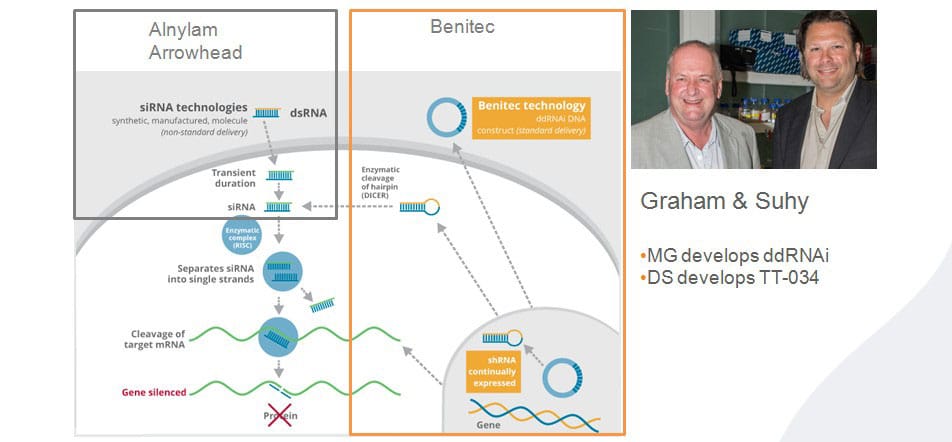
To avoid two presentations (one for in-person presentation, one for online distribution) we provided links to the technical detail, so the big picture was clear to everyone and the proof was accessible for those who needed it. We went through and chose one major point per slide, with no more than six proof points, then dressed the lot up with arresting images and design.
Find their Pain Points
It’s easy to make assumptions about pain points, but don’t. Ask and you’ll know. Here’s an example:
One of our clients develops software that protects finance industry customers against online fraud. After developing a strong campaign created by their B2B tech marketing agency to his brief, the CEO was convinced that Australia’s big banks would knock the door down to buy the product for its performance, attractive pricing and ROI. Yet, despite years of presentations and demonstrations, not a single bank bought a licence.
Eventually, the CEO found out why: when briefing the software marketing agency, he had misjudged the pain points. For one bank, it would have cost about $50 million a year to supply the solution to all its online customers and, with annual profits of $6-7 billion, that would’ve been small change. However, it only cost the bank $20 million a year to compensate those customers who had been victims of fraud. Based on these numbers, the product fell over. The solution was more expensive than the problem, so there simply was no pain point.
As it turned out, affordable online fraud prevention was a pain point for credit unions, which made up most of our client’s uncontested market space. The company pursued this opportunity and ended up owning 90% of the credit union market.
Avoid Jargon when it comes to the C-Suite
Using jargon (especially TLAs or Three Letter Acronyms) is the fastest way to lose any audience, whether they’re reading, watching or listening. The C-Suite is no exception!
Jargon is best described as the technical terminology of specialists. To the uninitiated jargon is at best pretentious, unnecessarily obscure and esoteric; at worst it makes the reader feel embarrassed and insecure, especially if they feel everyone else ‘gets it’ except them. A sure-fire way to alienate the guy who signs the cheques!
We’ve all seen politicians using that kind of language. It’s why most of us tune out and turn off, just as your audience will do if your website, presentations, white papers and videos are peppered with unfamiliar words instead of clear English.
You might turn the TV off tonight in annoyance, but you’ll probably turn it back on tomorrow. It’s not the same with your targets; once they’re gone, they won’t come back.
Try explaining how to Split the Atom
Good technical writers grasp complex technical issues quickly, translate them into plain English and make their readers feel comfortable, knowing they’re in competent hands. That’s the hallmark of good writing. A good technical copywriter can explain the most complex technologies in plain English. Here’s an example: our take on splitting the atom:
An atom is the smallest particle in a chemical element such as hydrogen or oxygen. When an atom splits in a process called nuclear fission, a great deal of energy is released that can be harnessed for nuclear weapons and nuclear power generation.
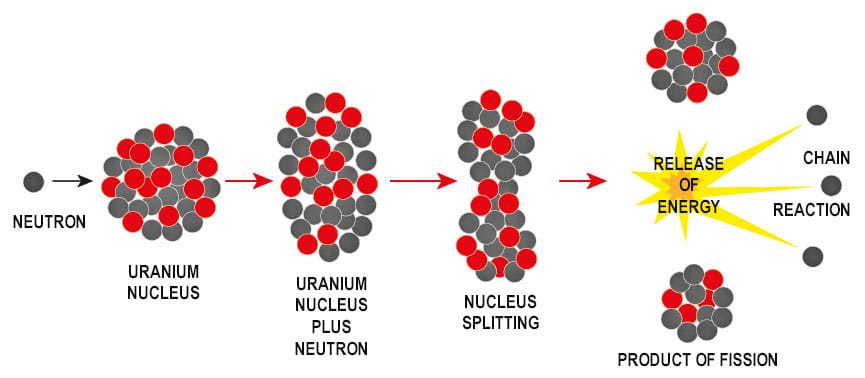
A diagram is always helpful with technical concepts. Also, if the words are too simple for your audience, you can always add more detail. Here’s an example – our atom-splitting expanded:
Atoms are made up of neutrons, protons and electrons. At the centre of every atom is a nucleus. Elements with large nuclei, such as uranium and plutonium, lend themselves to nuclear fission. When an atom’s nucleus splits or fissions, many neutrons are released. When these hit other atoms, they cause them to split, which starts a nuclear chain reaction that releases huge amounts of energy.
In a nuclear bomb, the chain reaction must be sped up to cause an explosion. In a nuclear reactor, the chain reaction must be slowed, down to create heat to turn water into steam for power generation.
What’s in it for You?
Whatever the form of your communication (written, verbal, webinar, video, audio, infographic), if you prepare a well-considered tactical marketing plan to cut through to your non-tech-savvy targets, you’ll attract, engage and convert the C-Suite to buyers or investors more quickly, and reduce both acquisition costs and sales team churn.
What’s in it for you? Help the tech boffins to get you across the line with the bean-counters – and everyone’s a winner!
Edited by Jan Murphy from original article by senior content writer for Tech Torque Systems, Kim Brebach.
